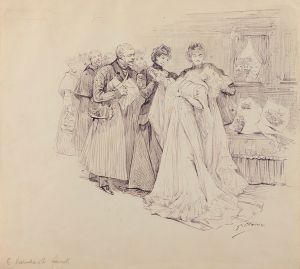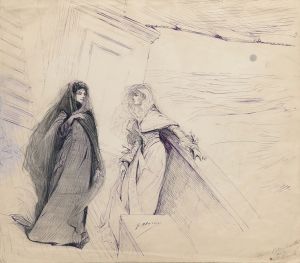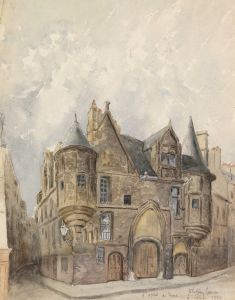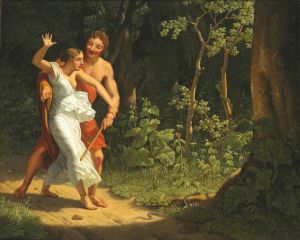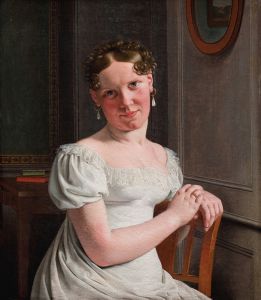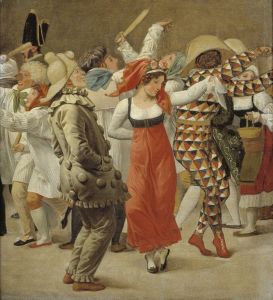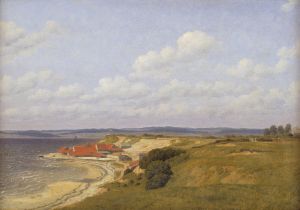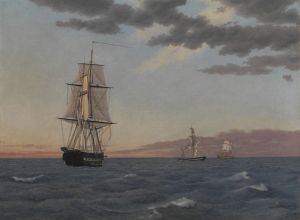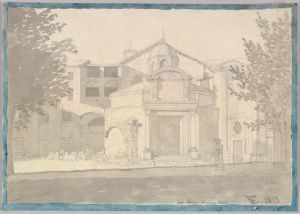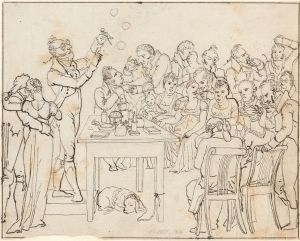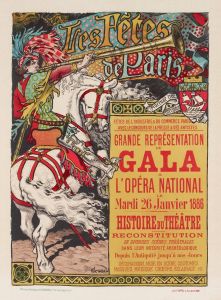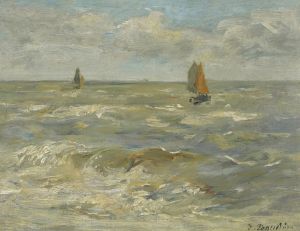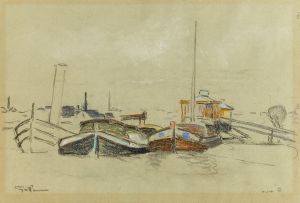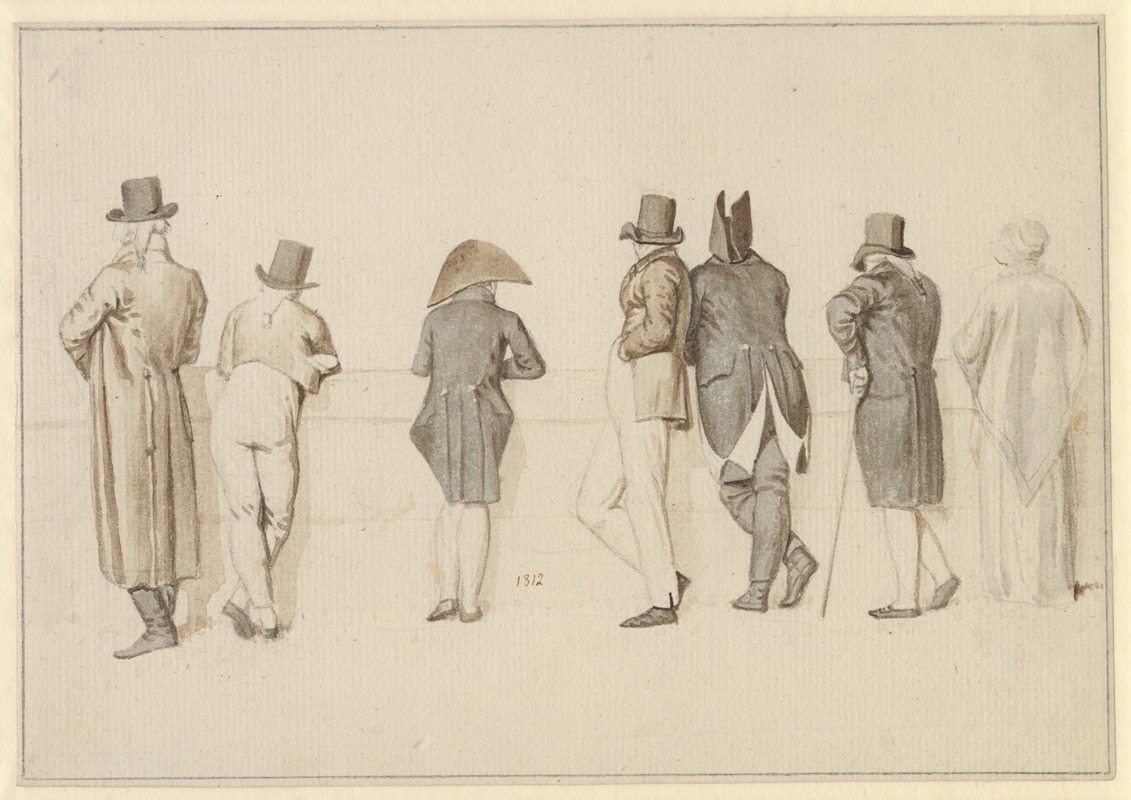
Rygvendte figurer ved en Seinekaj, Paris
A hand-painted replica of Christoffer Wilhelm Eckersberg’s masterpiece Rygvendte figurer ved en Seinekaj, Paris, meticulously crafted by professional artists to capture the true essence of the original. Each piece is created with museum-quality canvas and rare mineral pigments, carefully painted by experienced artists with delicate brushstrokes and rich, layered colors to perfectly recreate the texture of the original artwork. Unlike machine-printed reproductions, this hand-painted version brings the painting to life, infused with the artist’s emotions and skill in every stroke. Whether for personal collection or home decoration, it instantly elevates the artistic atmosphere of any space.
Christoffer Wilhelm Eckersberg, often referred to as the "father of Danish painting," was a prominent figure in the Danish Golden Age of painting. His work, "Rygvendte figurer ved en Seinekaj, Paris," which translates to "Figures Seen from Behind on a Quay by the Seine, Paris," is one of his notable pieces that reflects his keen interest in capturing everyday life with a sense of realism and attention to detail.
Eckersberg was born in 1783 in Blåkrog, Denmark, and he studied at the Royal Danish Academy of Fine Arts in Copenhagen. His artistic journey took a significant turn when he traveled to Paris in 1810, where he studied under the renowned French Neoclassical painter Jacques-Louis David. This experience profoundly influenced his style, as he adopted a more structured approach to composition and a refined technique in rendering light and perspective.
"Rygvendte figurer ved en Seinekaj, Paris" was painted during Eckersberg's stay in Paris, a period when he was deeply inspired by the city's vibrant life and architecture. The painting depicts a serene scene along the banks of the Seine River, capturing a moment of tranquility amidst the bustling city. The figures in the painting are seen from behind, a compositional choice that invites viewers to immerse themselves in the scene and imagine the narrative unfolding before them.
Eckersberg's meticulous attention to detail is evident in the way he renders the textures of the clothing and the play of light on the water's surface. The painting exemplifies his ability to blend Neoclassical precision with a more naturalistic portrayal of everyday life, a hallmark of his work that would influence many Danish artists who followed.
The choice of depicting figures from behind is significant in art history, as it allows the artist to focus on the environment and the interaction between the figures and their surroundings. This technique also creates a sense of anonymity and universality, encouraging viewers to project their interpretations onto the scene.
Eckersberg's time in Paris was crucial in shaping his artistic vision. The city, with its rich cultural and artistic heritage, provided him with endless inspiration and opportunities to refine his craft. His works from this period reflect a harmonious blend of Danish sensibility and French artistic influence, contributing to his reputation as a pivotal figure in the development of Danish art.
After returning to Denmark, Eckersberg became a professor at the Royal Danish Academy of Fine Arts, where he played a vital role in nurturing the next generation of Danish artists. His teachings emphasized the importance of studying from nature and mastering the fundamentals of drawing and perspective, principles that are evident in "Rygvendte figurer ved en Seinekaj, Paris."
Today, Eckersberg's legacy endures through his contributions to Danish art and his influence on subsequent artists. His works, including "Rygvendte figurer ved en Seinekaj, Paris," continue to be celebrated for their technical excellence and their ability to capture the beauty and complexity of everyday life.






